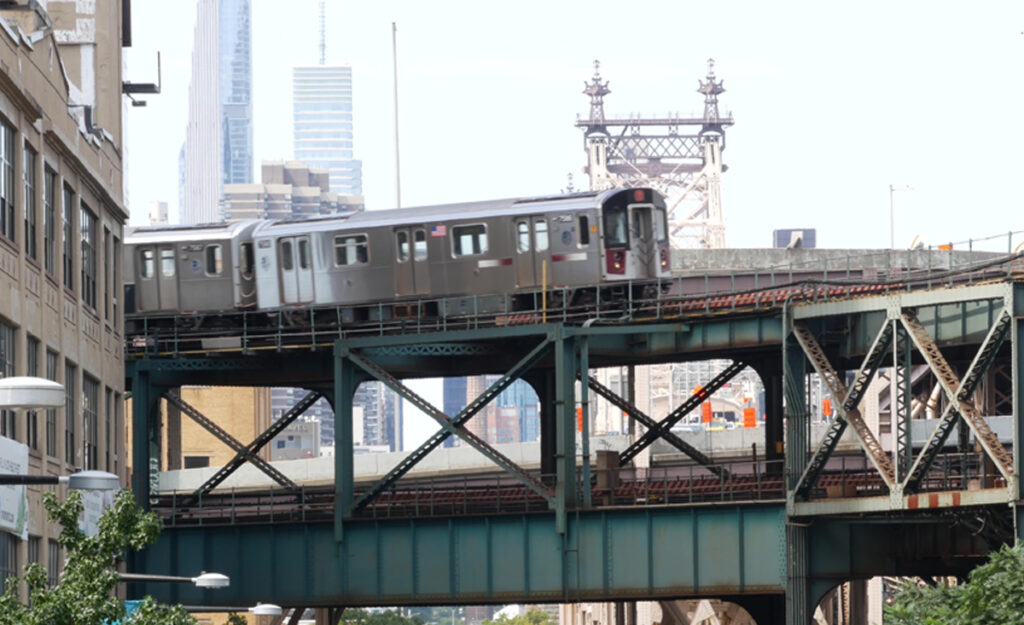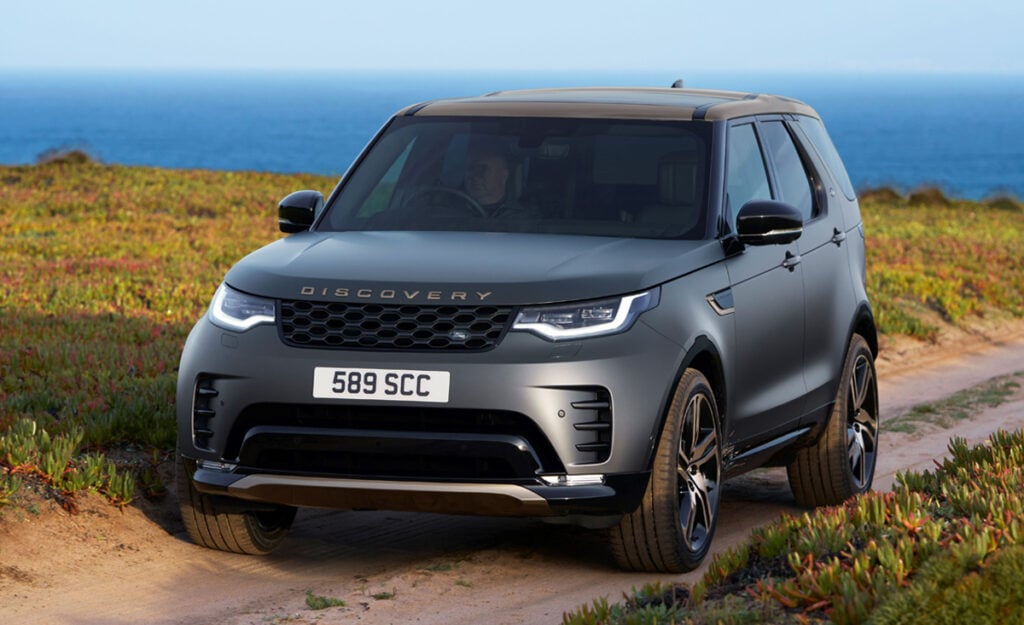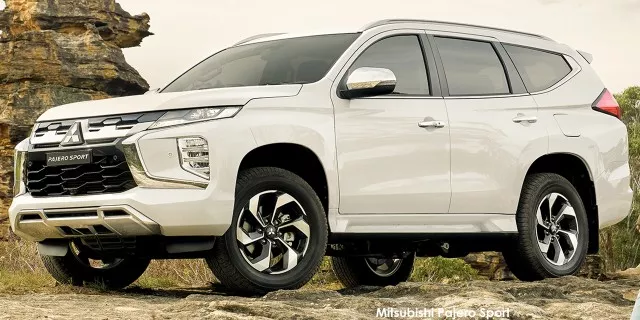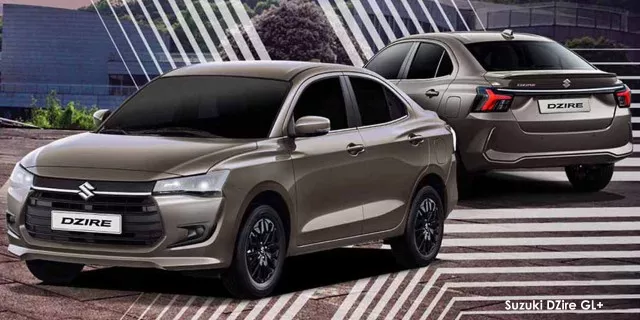The hidden economy employing 1 million people in South Africa’s auto industry

While original equipment manufacturers (OEMs) are usually heralded as the darlings of the nation’s automotive industry, there is a large contingent of businesses that also participate in the sector which rarely get recognition.
These are the 1,600-plus dealerships that act as middlemen between customers and OEMs and contribute significantly to job creation in the country.
The National Automobile Dealers’ Association (Nada) estimates that the entire dealer value chain in South Africa supports between 500,000 and one million people, and adds billions to the country’s GDP every year.
The network includes logistics hubs, financiers, fitment centres, product suppliers, fuel stations, service and repair centres, as well as crash centres, stationery requirements and catering, computers, and tooling and equipment.
The backbone of the local auto industry
According to Naamsa The Automotive Business Council, the seven OEMs manufacturing vehicles in South Africa contributed R14.6 billion in VAT and duties to the nation’s fiscus in 2022.
This amount included the tax payable on new-vehicle sales through retailers amongst the host of other items in the extensive value chain.
By extension, the surcharges such as property rates on physical dealer infrastructure contribute directly to the local economy surrounding each facility.
“These revenues help fund essential public services such as education, infrastructure maintenance, and public safety, benefiting the entire community. Not to mention the direct job creation in those surrounding communities,” said Nada.
New-vehicle sales in 2023 recorded 532,098 registrations across passenger and light commercial vehicles, as well as medium, heavy, extra-heavy, and bus sales.
Of those, 446,570 were retailed off showroom floors through the dealer channel.
Considering the average deal size for financed new vehicles of approximately R391,000, this would provide an indicative new-vehicle market size of R174.6 billion in the dealer channel alone last year, illustrating the value of South Africa’s dealer network and their contribution to the country’s coffers.
New-vehicle transactions are, however, only one factor of the dealer business, with the pre-owned sales floor, workshop, parts and accessories, and finance and insurance all contributing towards the bottom line.
“All those profit centres within a dealership require resources to deliver and so the employment value chain is vast,” said Nada.
“This not only provides spending power within communities in support of household budgets, but also provides income tax revenue for the country and consequent impact for insurance providers and investment houses investing earnings for future savings.”
Looking at it from a different perspective, South African vehicle showrooms are amongst the most lavish in the world as they are required to meet stringent OEM brand standards and require sizeable upfront investments.
This feeds into the property sector, with the showroom facilities generally ranging anywhere from R8 million to R150 million to establish, marking another sector benefiting from the dealer economy.
“And those facilities all require highly trained individuals to operate them,” said Nada.
“Sales staff, accountants, management, and technicians have all qualified through a training institution, uplifting those individuals, the community by extension, and creating opportunity for growth and skills development.”
The overall contribution of the automotive industry to the GDP equated to just under 5%. Retail in particular accounts for approximately 2.1%, making the dealer economy a significant contributor to national success.
“The retail motor industry truly does play a significant role as a crucial economic engine for many communities and the country, providing employment, generating tax revenue, stimulating consumer and business spending, and fostering community development,” said Nada.
“Consider that next time you drive a shiny new set of wheels off a showroom floor.”









